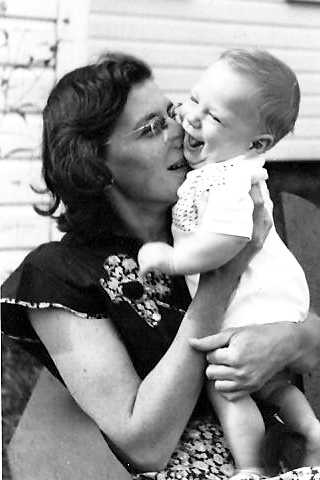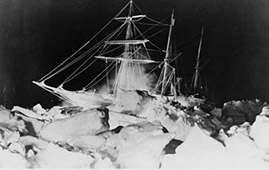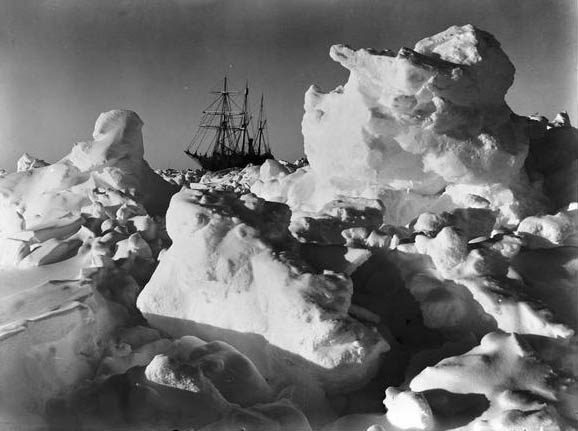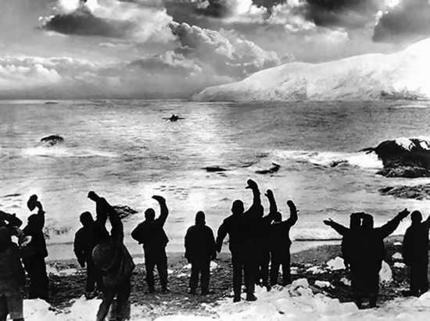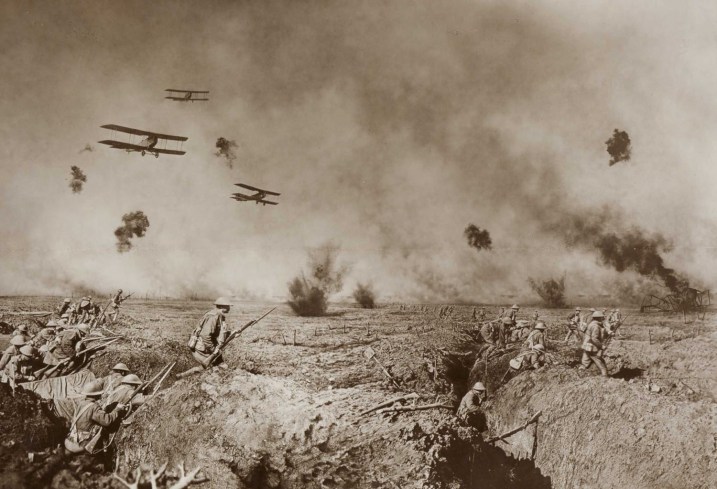A couple of weeks back, I was admiring Italian photographer, Marina Rosso‘s touching photoessay about her grandparents “Licia and Ryan,” who have been married for fifty-seven years. Nice work, I thought (and still think), but then I made the mistake of reading some reader comments on PetaPixel. Photographing one’s grandparents “a little suspect.” And I gues, in a sense, that it is. I mean you pretty much know how this story is going to play out. And this got me thinking about choosing what might be termed “easy topics.” By easy topics I mean, topics or subjects, where you pretty much know the story is going to turn out and where the emotions that you are likely to elicit in your audience are pretty much predictable and guaranteed.
Then I came upon “The Scar Project,” which I discussed yesterday. I mean who is not going to feel for these people? Right? And yes indeed, I have seen other pictures like these before. So is there anything wrong with photographing such “easy topics?” There are two obvious answers. First, these are not “easy topic.” The photographer, if (s)he is a living breathing human being, as interpreter has to be even more devastated by the subject matter than the viewer. Second, commonality of theme does not make a theme off limits. It just makes it harder to succeed, because your audience expects not only excellent images, but also something more – a new twist or perspective. The ante is up. And besides who has the right to tell an artist what (s)he can photograph?
We have to consider war and devastation images in this context. The photojournalist needs to communicate. The images of American Civil War dead rotting in a field have retained their significance and ability to move despite the reams of subsequent images from every war and genocide in the intervening years. The fundamental statement about humanity, it resilience and endurance, remains. And I keep coming back to two images that we have discussed before: Eddie Adams’ “Brigadier General Nguyen Ngoc Loan Executing the Viet Cong Guerilla, Bay Lop, 1968;” and Nick Ut’s “Children Fleeing South Vietnamese Air Force Napalm Attack on the Village of Trang Bang, 1972,” Both of these images played significant roles in reversing American public opinion about the Vietnam War. Such is the power of image.

